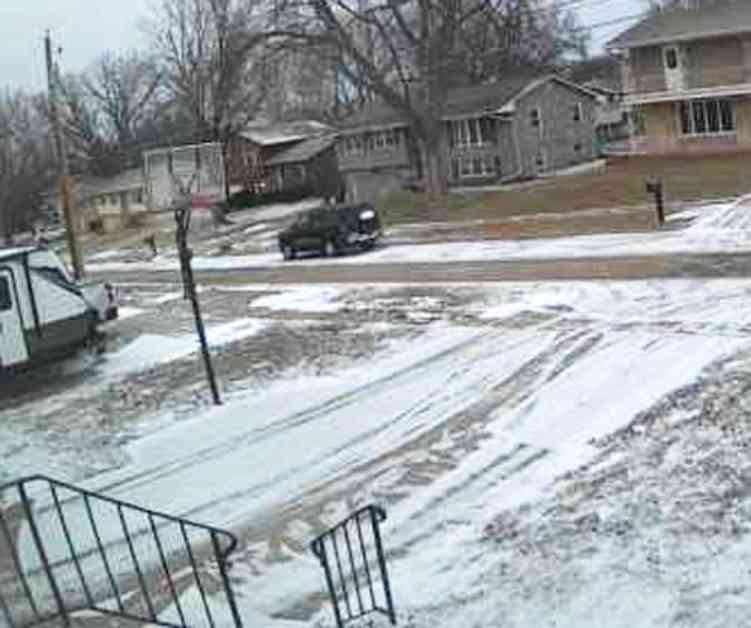As winter comes to a close in Iowa, State Climatologist Justin Glisan predicts that this season will go down in history for its lack of snowfall. With only about five inches of snow on the ground in February, which is two inches below average, and a total of nine inches across the state for the meteorological winter months of December, January, and February, which is approximately 13 inches below average, it’s clear that snow has been scarce.
According to Glisan, February will also be remembered for its dryness, with precipitation falling about three quarters of an inch below average. This makes it one of the top 20 driest Februarys in the 153 years of recorded weather data. Reflecting on last February, Glisan notes that it was the warmest and second driest on record. While the lack of snow may be a relief for those who dread shoveling, it could have consequences later in the spring.
The absence of snowpack on the ground can lead to a deeper frost depth, which in turn may increase the risk of localized flooding. Glisan points to an upcoming weather event expected to bring rain and possible snowfall on Tuesday into Wednesday as a potential trigger for such flooding. Despite some hot and cold spells throughout February, with temperatures averaging about four degrees below normal, the month ended on a warmer note that balanced out the overall temperature.
Glisan emphasizes that February is a transitional month, marking the shift from the cold winter season to the beginning of the growing season in March, April, and May. This transition period is characterized by more meridional activity in the jet stream, resulting in fluctuating temperatures. From chilly days that are 21 degrees below average to sudden warm spells with temperatures reaching the 50s and 60s, the temperature swings in February are a common occurrence as the season progresses.
Looking ahead, Glisan suggests that this variability in temperatures will persist until the spring season fully takes hold. As we move out of winter and into the warmer months, we can expect to see more fluctuations in temperature as the atmosphere adjusts to the changing seasons. The coming weeks will likely bring more ups and downs in temperature as we make our way through the transition from winter to spring.
In conclusion, while the lack of snow may be a welcome change for some, it is important to remain mindful of the potential consequences, such as deeper frost depths and localized flooding. As we navigate the final days of winter and prepare for the arrival of spring, staying informed about the weather patterns and being prepared for sudden shifts in temperature will be key to weathering the seasonal changes ahead.









